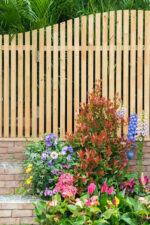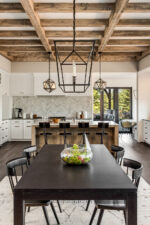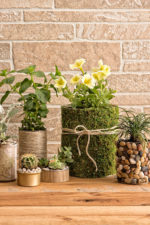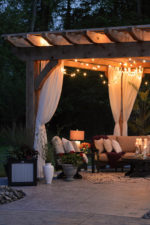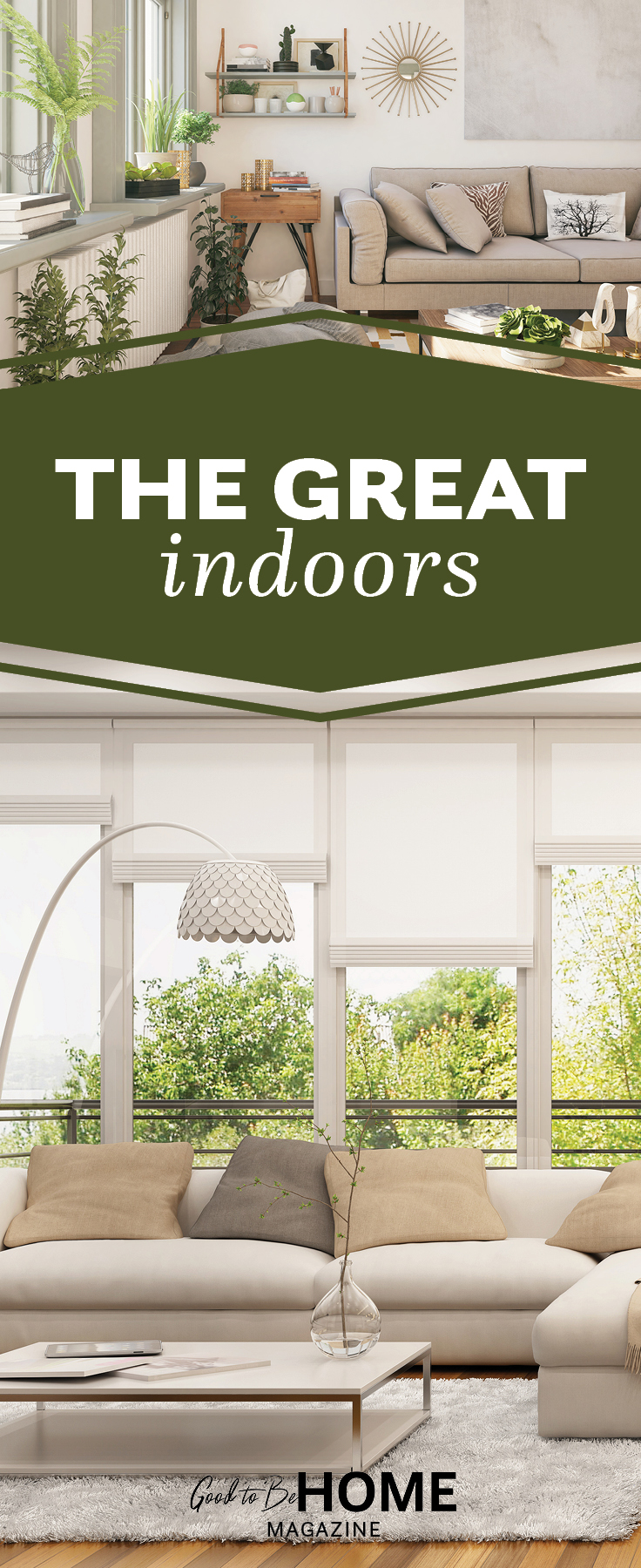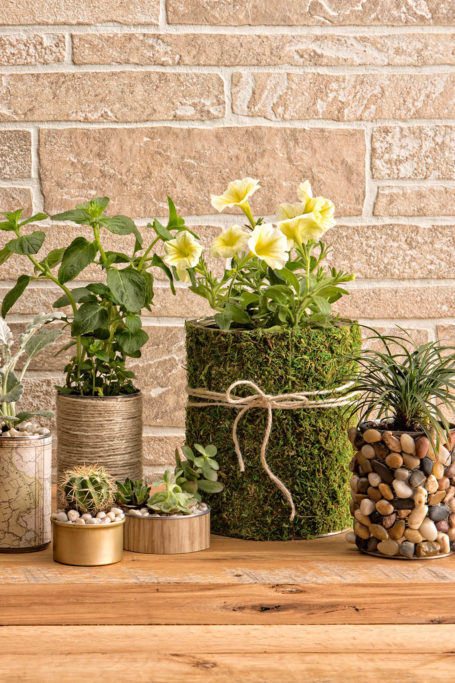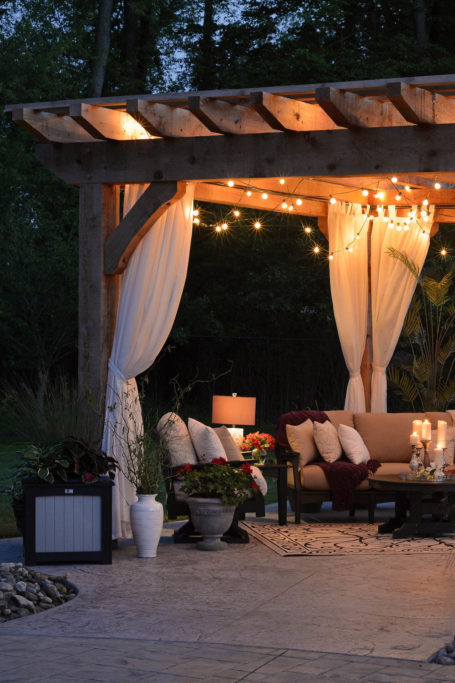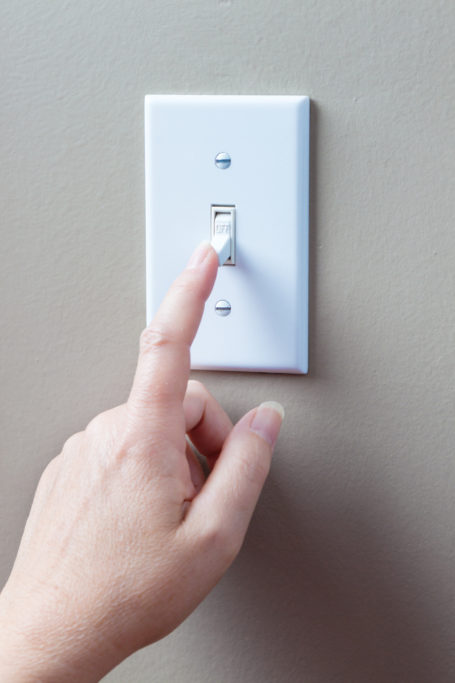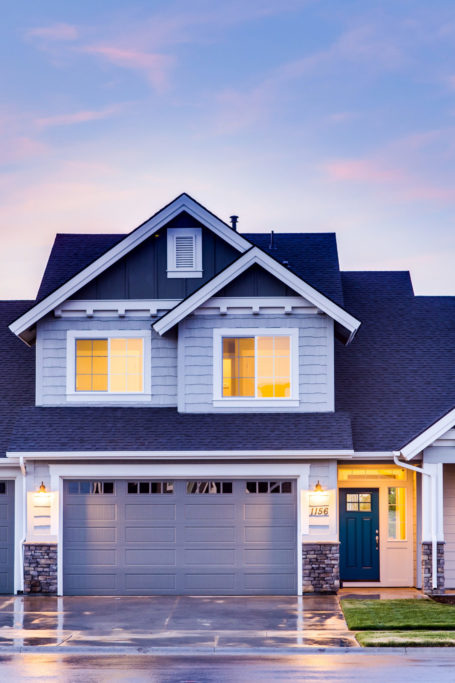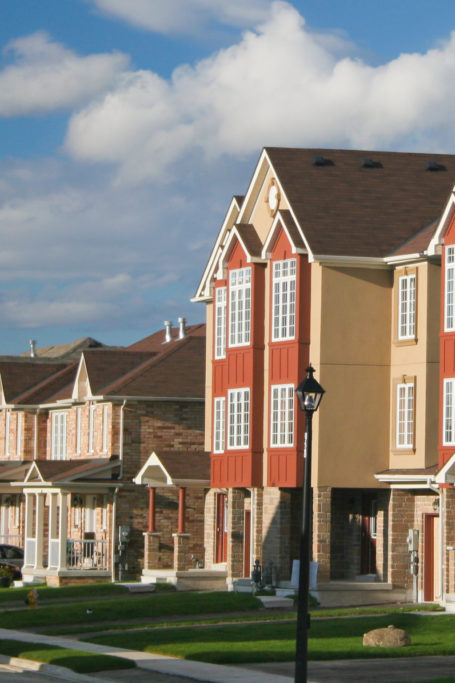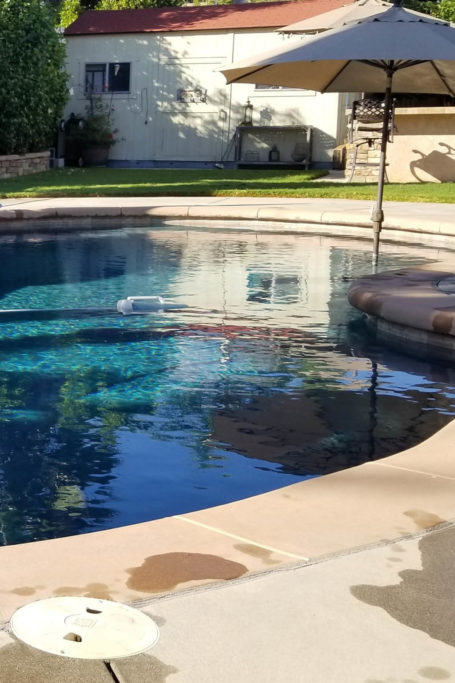The Great Indoors
Research shows us the importance of spending time outside. Just thirty minutes a day in nature can help improve sleep quality, boost the immune system, and reduce anxiety and stress, among many other benefits. And with the forward thinking of interior designers, we can now bring the benefits of nature into our homes through biophilic design.
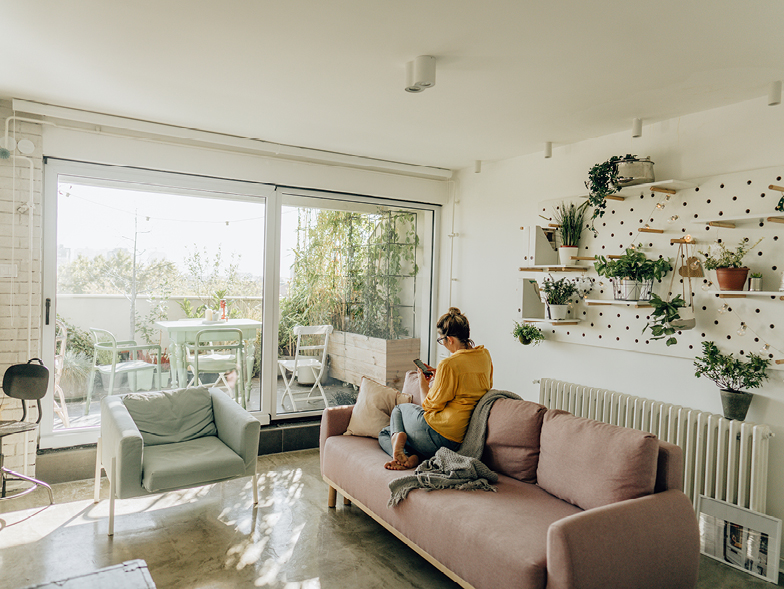
What is biophilic design?
Biophilia is the human desire or tendency to commune with nature. Biophilic design brings our desire to be in nature and its health benefits into our homes by blurring the boundaries between the inside and outside worlds. It has been found to reduce stress, improve physical and mental health, and increase productivity. With these benefits, it’s no wonder that more people are bringing the great outdoors inside with just a few simple home improvements.
Buy houseplants
Buying a few, or maybe many, plants is a great option for bringing the outside in. You can find houseplants of all shapes and sizes and work them seamlessly into your home decor. If you’re new to caring for plants, look for low-maintenance varieties such as snake plants, ZZ plants, rubber plants, and jade. You can hang them from the ceiling, set them up on plant stands, or even create a living wall in your home with wall-mounted planters. If that seems a bit too ambitious, consider starting an indoor garden and growing no-fuss herbs like basil, mint, parsley, and thyme. Whatever you opt for, try to add a touch of greenery to each room in your home.
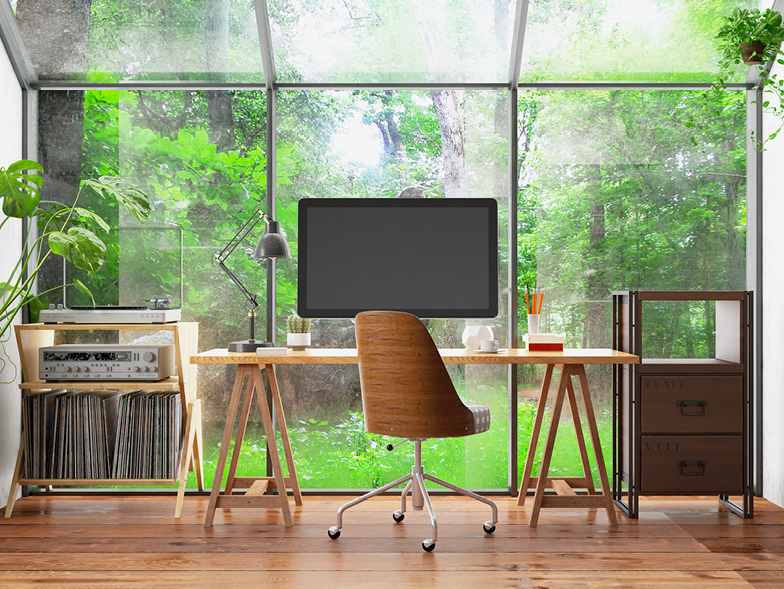
Open the windows
A primary focus of biophilic design is minimizing the division between your home’s indoor and outdoor spaces. You can highlight your home’s natural lighting by opening the blinds and avoiding heavy curtains. Also, clear any obstructions from your windows, both inside and out, by keeping them clean and trimming trees or plants that might be blocking both the light and your view. Finally, you can orient your furniture toward the outside to make the most of any natural light and views throughout the day.
Go green
You can go green through biophilic design in a couple of ways. The first option is to paint your walls green for a calming outdoor effect and/or use the color in your textiles, opting for green pillows, blankets, or rugs. The second way to go green is to add eco-friendly products to your home. This doesn’t necessarily bring nature in, but it is a conscious effort to take care of our natural world. If you’re willing to put in the work, you can find sustainable alternatives for practically anything in your home.
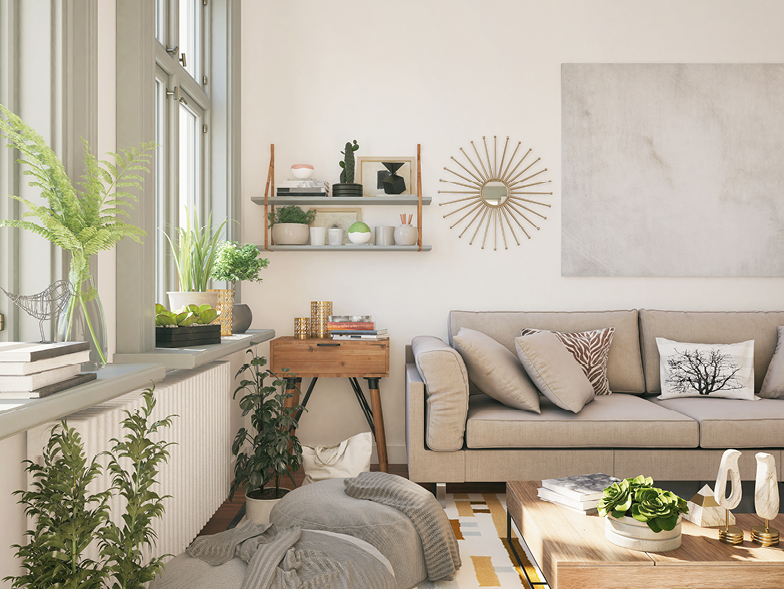
Use natural scents
Nature is full of wonderful scents that can benefit your physical and mental health, which is why biophilic design often incorporates these aromas. Lavender, for example, can improve your sleep quality and mood, reduce pain and inflammation, and decrease anxiety and depression. Scents like peppermint, vanilla, pine, and jasmine can reduce stress and improve attentiveness. Essential oils can help you to easily bring these scents into your home; just be mindful to keep oil diffusers away from children and pets.
Even if you can’t get outside every day, you can bring the outdoors inside by embracing all that biophilic design has to offer.


